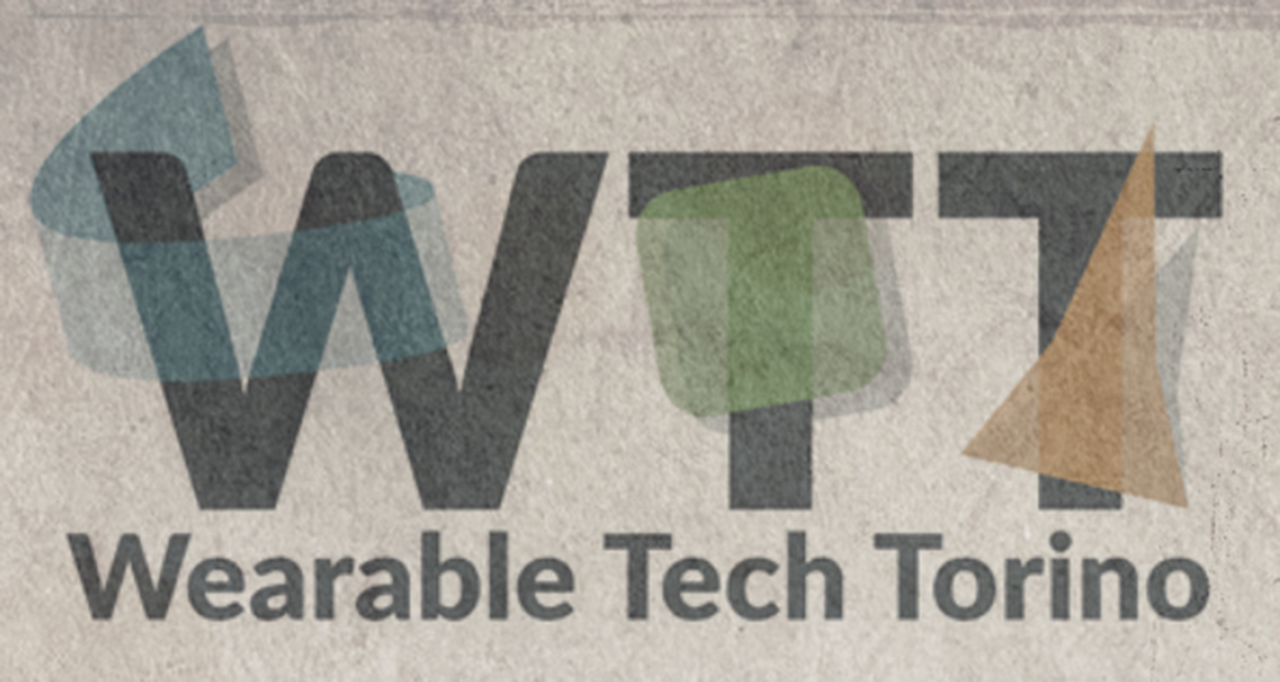
We’ve just been at our first exhibition as exhibitors and we think it would be a good idea just to talk to all of you about all our impressions, ideas, problems and so on. So, I’m here writing in this post everything that comes out of my head, hoping it will help someone out there.
(I’ll split this post in multiple parts and I’ll give this article an interview form because I think this will make it more readable than a 20-pages-long-essay about exhibitions that will serve only to help my readers to sleep easily :-) ). Let's start!
Wait a moment… who the hell are you? I’ve just stumbled upon this article by chance
Ok, 我来介绍一下儿 (let me make the presentations): I’m Antony Vitillo and with my friend Gianni Rosa Gallina I’m trying to found a startup called ImmotionAR, whose purpose is to make Virtual Reality more immersive than ever, where the user can behave in the virtual world in the same way he behaves in the real world. Cool, isn’t it?
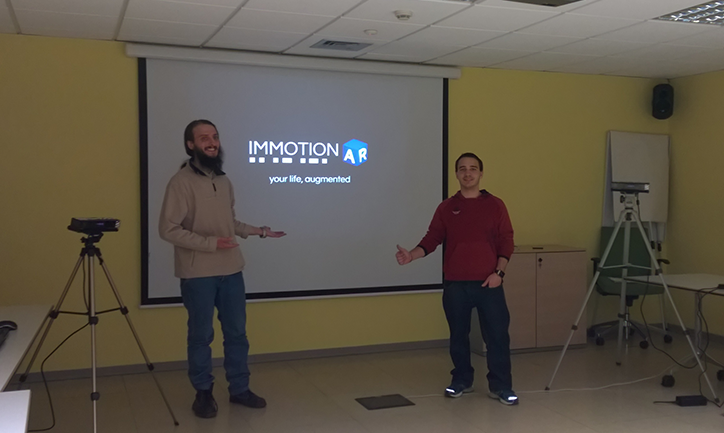
Can I have more info about your products?
Of course: you can check out this web page with a lot of info about ImmotionRoom, our immersive solution.
Ok, now I know who you are and that you are very cool. Let’s talk about the exhibition… why do you decided to go to an exhibition?
Nice question. The answer can be split in this bullet points list (we engineers love bullet points :-) ):
- To make people know we do exist. We’ve worked on our ImmotionRoom prototype for months but, apart us, our friends and some partner companies, no one knew we were developing this fantastic thing. And this is very bad: obscurity is the first enemy of each startup and we had to do something against it. We wanted to tell the world “We are some cool guys and we have this prototype for Virtual Reality. Do you like it?”.
- To meet potential customers, partners. In a technology exhibition, you can meet people that work in the same market as you do, and so you can find customers and partners.
- To find investors. If you are a startup, surely you need money. Moreover, if you need money, you need investors. Investors are hard to find and to contact, so an exhibition can be the ideal place to find some of them and showcase them your solution live.
- To make people test our solution. Only 10 people tested our solution in lab. We had to make sure it was usable and we had to make sure people would like it. Remember that we developers are very good at making things technically good, but the users want something that is USABLE and, most of all, something that they NEED.
- To make a new experience. We are startuppers, so we must learn how to deal with people, with other investors, with customers, to organize events and so on. An exhibition is a great place where to learn all this things.
What exhibition did you choose? And why did you choose it?
We chose the Wearable Tech Torino (WTT): organized by Jetop to be the first wearable exhibition of Italy. It was here in Turin, Italy.
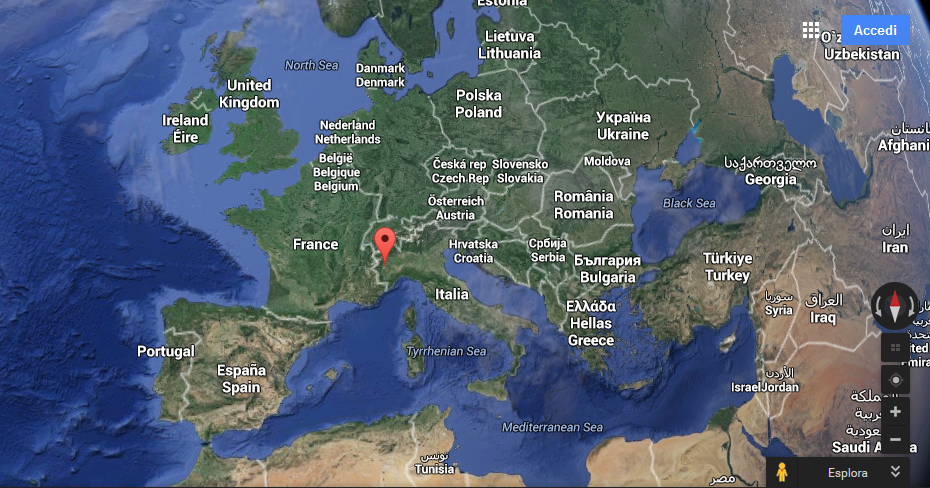
We chose this because for our first exhibition we wanted something that was manageable for us: WTT was here in our city (this means no travel cost, no risk of forgetting something in our offices and so on), its costs were affordable and was organized by students of the Polytechnic of Turin, that is the University were Gianni and me have studied. For us, it was an opportunity to not miss for our “first time in public”.
How did you prepare for the exhibition? Was it a difficult task?
We’ve made a lot of posts about our preparation for the WTT. If you are interested in a thorough reading, you can begin here and go on reading our posts until the last one. This way you can have the whole picture about how we got prepared for the event.
If you want a short summary, I can say that preparation was much harder than I expected. This were the crucial problems (bullet list is coming…):
- Prepare the demo. May seem obvious, but if you have to take a demo to the exhibition, the demo MUST be ready the day before the exhibition. You can’t posticipate the deadline, so you have to rush and complete everything by the demo day. We had a lot of work to do, so this meant nights spent working, socializing time reduced to almost zero, a lot of stress, etc. etc.
If you don’t have the time to complete the demo… be prepared to have a plan B and a plan C (even better if you can go through to Z). Usually, plan B is always “Cut the features”: if you planned to take something with 10 features and you have not the time to implement them, take only 8 features. IT IS ALWAYS BETTER TO TAKE SOMETHING IMPERFECT THAN TO TAKE NOTHING. For example, we planned to make people try our virtual reality fitness game with a monster chasing the player: but last days we did not manage to fully integrate our ImmotionRoom engine into the game… so we gave up and took Oculus Tuscany demo, instead. It was a pity, but better a working Tuscany than a non-working demo of ours.
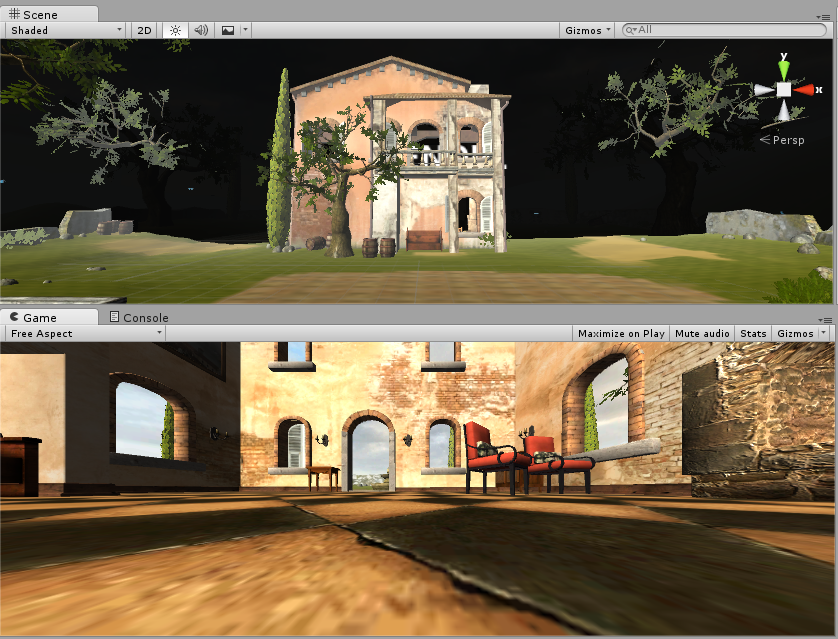
Plan C can be something like: “ok, we don’t have the demo… so, let’s make some nice fake demo clip and let’s bring to the exhibition these movies, the hardware and our smiles, and try to capture people’s interest anyway!”. Never give up… if you have paid to be at the event, you MUST be there and take with you the best you can offer. If life gives you lemons…
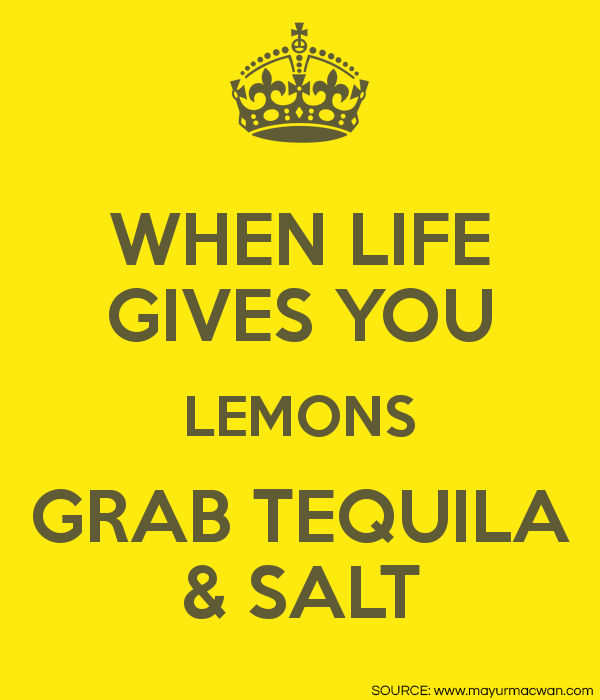
- Organize everything else for the event. This means preparing all the marketing materials (like brochures, roll-up stands, logos, eventual gadgets to distribute at your booth – we gave a branded pen for each people that tried our demo); prepare the surveys users have to fill for feedbacks; organize which people have to be at the event and at which times; prepare hardware for the demo (e.g. we had to buy special VR covers for our headset to be able to clean the Oculus Rift between tests of different people); we had to buy earphones with a long cable just for the event, etc.); organize the event logistics with the event organizers (this means Skype calls, emails, etc.); invite people to the event; etc. (this was a bullet list subtly camouflaged as a colon-separated items list… have you noticed?).
I can guarantee you that these are things that make you spend really a lot of time. I am not able to quantify it… but surely, it has been at least 10-20% of the total time of the last two months. Even the most little thing will make you lose many hours: for example, to design this simple roll-up stand, draw it in Photoshop and buy it online, we spent at least 6 hours!Here the lesson is: keep things simple and remember that not all time is “developing time”.
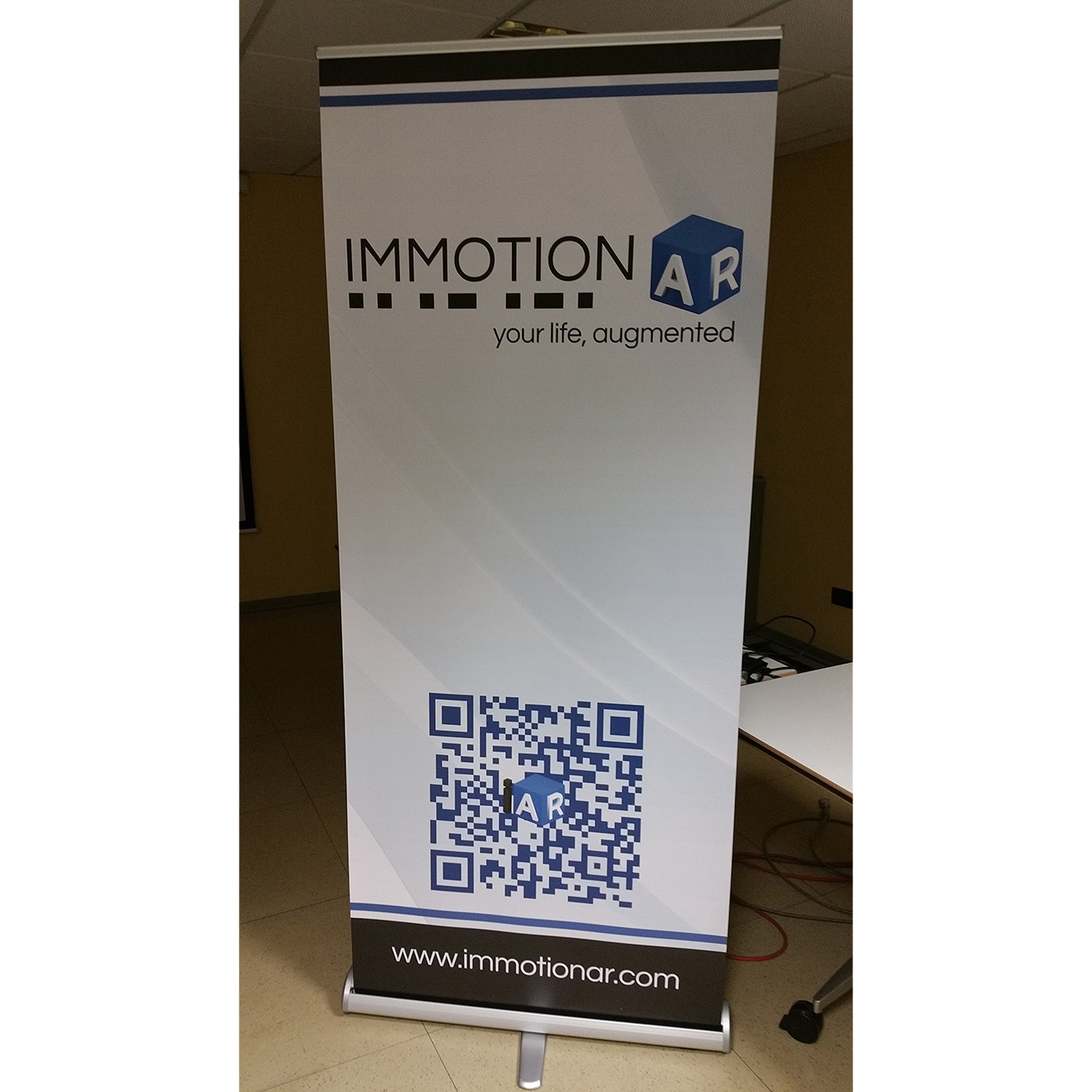
OK, so it was a super hard task. How did you manage to keep your mental sanity in all this?
We didn’t :-). There is no secret recipe here: try to smile as much as you can and to take breaks sometimes, see friends, make funny things (I went to a Facebook-organized event where we had to go to a Turin plaza and scream SHALALALALALALA OH ROSENBORG for no reason :D)… but remember that you MUST WORK, even if you are tired, even if you think that if you stay other 5 minutes in front of you laptop, your eyeballs will explode. As “Apollo 13” movie says: “FAILURE IS NOT AN OPTION”.
Anyway, moments of discomfort or tension will happen… deal with it.
After all this stress, what were you able to take to the exhibition?
A working prototype. With 3 Kinects and a pair of Oculus Rift DK2/Gear VR, you could see yourself inside the virtual world, with a glitchy female avatar (Amanda) following your body joints position. If you walked in place, the player walked in the virtual world.

Not bad, but:
- We couldn’t use our demo (FearFitness) and had to use a modified Tuscany demo;
- Avatar was only female;
- Avatar had a number of glitches;
- Hands did not follow finger movements;
- Etc.
I’ve written this (bullet :-) ) list just to make you realize how many features we had to cut out, just because we had not the time to implement or refine them!
Not that bad, because our users just saw what THERE WAS there… they did not know what THERE WAS NOT…
Here we are at the end of the first part of this Post-Mortem. The next questions will be about the days at the exhibition.
Come back next week, if you want to know more. Thank you!